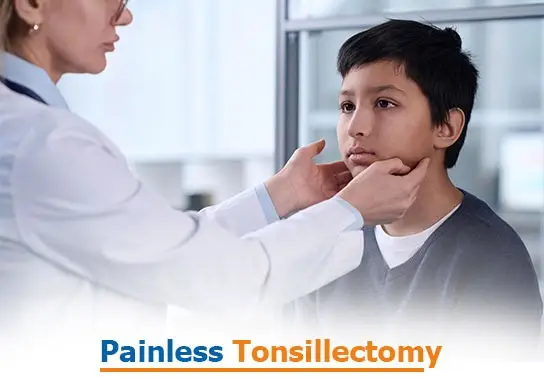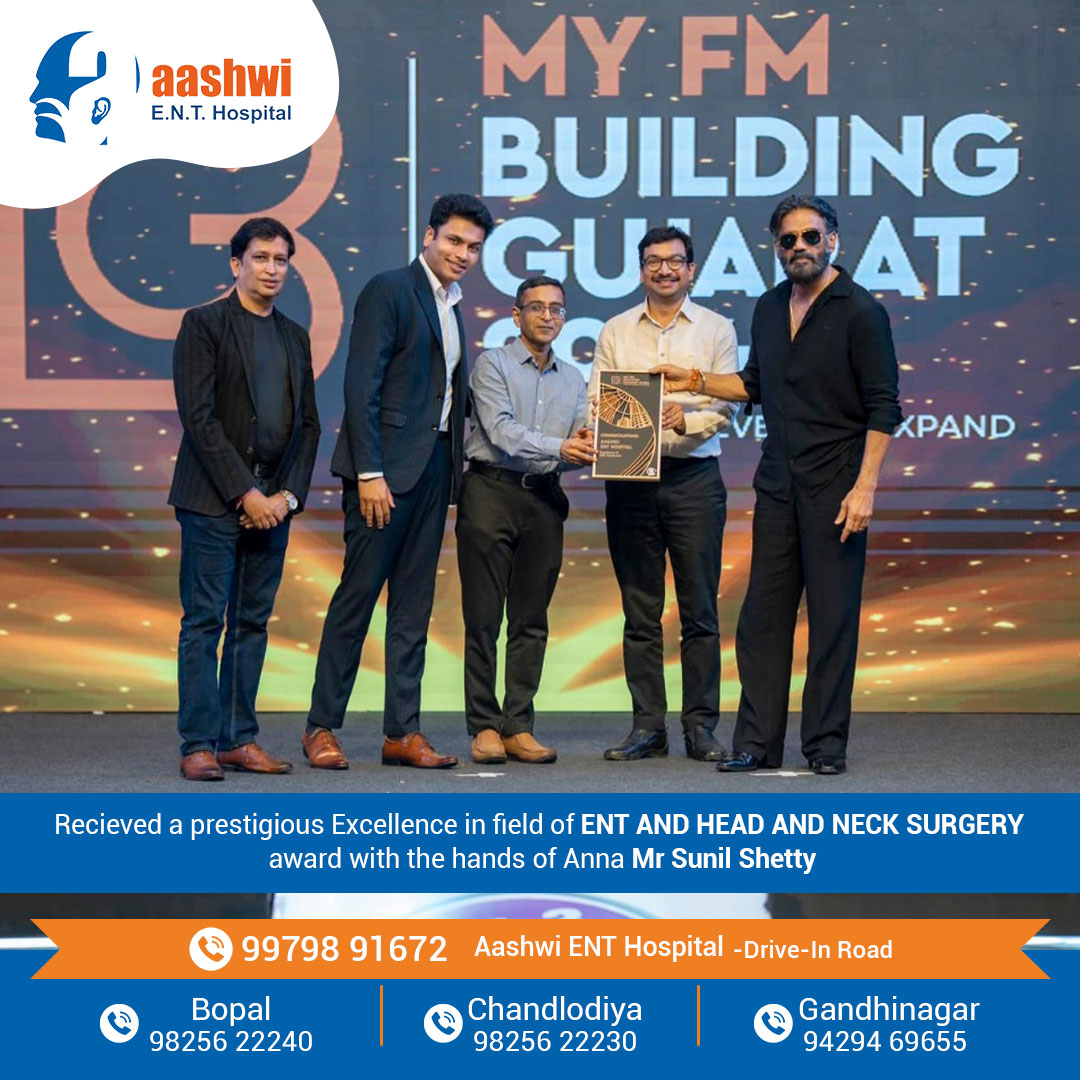
When your child constantly complains of a sore throat, snores loudly at night, or struggles to breathe while sleeping, the culprit may be enlarged tonsils or adenoids. Doctors often recommend a tonsillectomy—the surgical removal of the tonsils—as a permanent solution.
But let’s face it: the idea of your child undergoing surgery is terrifying. Visions of painful recovery, sleepless nights, and hospital visits come flooding in. Fortunately, medical advancements are changing that story. More and more parents in Ahmedabad are now opting for painless tonsillectomy techniques—minimally invasive procedures designed to reduce pain and help children bounce back faster.
In this blog, we’ll explore why this modern approach is gaining traction, explain how it works, and provide a list of trusted providers in Ahmedabad.
What does “painless tonsillectomy” really mean?
The word “surgery” still scares many parents, but today it is important to dispel some myths. Painless tonsillectomy is not an impossible dream, but an increasingly widespread clinical reality, thanks to cutting-edge technologies and less invasive methods.
The most common techniques used to reduce pain:
- Coblation (Controlled Ablation)
Uses low-temperature energy to gently melt tissue, reducing thermal damage and post-operative pain.
– Less bleeding
– Faster recovery -
Laser Tonsillectomy
A precision laser vaporizes the tonsil tissue.
– Rapid intervention
– Minimal trauma to surrounding tissues -
Radiofrequency
With controlled microwaves, the tonsils are gradually dissolved.
– Gentle procedure
– Less need for painkillers -
Cryotherapy (less common but emerging)
Freezing of the tonsils with very low temperature gas.
– Experimental but promising technique
– Minimal pain for the patient
![Painless Tonsillectomy]() How does it differ from the traditional technique?
How does it differ from the traditional technique?
The classic scalpel technique (called “cold steel”) is effective, but often involves:
- Increased blood loss
- Significant post-operative pain
- Longer recovery times
Why more and more parents are choosing painless tonsillectomy
The number of parents looking for less painful and faster options for their children’s health is constantly increasing. In Ahmedabad, this trend is reflected in ENT (ear, nose, and throat) clinics, where painless tonsillectomy has become a preferred choice for many families.
Here are the main reasons behind this growing choice:
Faster recovery
With modern techniques such as coblation and laser tonsillectomy, children can return to school and normal life in a few days, versus the two weeks typical of the traditional technique.
Less post-operative pain
One of the most stressful aspects for parents is watching their child suffer. Modern techniques reduce tissue trauma, causing less pain and inflammation after surgery.
Less need for painkillers
Excessive use of painkillers, especially in children, can be a cause for concern. With painless tonsillectomy, the need for medications is dramatically reduced or, in some cases, completely absent.
Fewer complications
Less bleeding, less risk of infection, and a smoother recovery. New techniques also allow for greater surgical control, reducing the possibility of post-operative emergencies.
What to expect: before, during, and after surgery
Facing a tonsillectomy can seem like a leap into the unknown for many parents. But knowing exactly what to expect can make the difference between anxiety and peaceful preparation. Let’s look together, step by step, at what a painless tonsillectomy entails.
Before the surgery
Medical evaluation
- Visit with the ENT specialist to confirm the need for surgery.
- Blood tests and sometimes lung function tests.
- Discussion of the most appropriate surgical technique (e.g., coblation, laser).
What to do at home:
- Explain to the child what will happen, reassuringly.
- Avoid fever or infections in the previous 7 days.
- Prepare soft foods for post-surgery (e.g., yogurt, ice cream, puree).
The day of surgery
Arrival at the clinic
- Usually, we arrive early in the morning on an empty stomach.
- The procedure lasts approximately 30-45 minutes.
- General anesthesia is always used, but it is light and well-controlled.
During the procedure
- Techniques such as coblation or laser reduce bleeding and trauma.
- The child will not feel anything and will be constantly monitored by pediatric anesthetists.
After the surgery
In the clinic (recovery)
- The child remains under observation for 4–6 hours.
- In some cases, you can be discharged on the same day (day surgery).
- If the hospital recommends it, you will stay for observation one night.
At home: the first 7 days
- Diet: Start with cold liquids, then gradually move to soft foods.
- Pain: Minimal, manageable with paracetamol if needed (often nothing else is needed).
- Rest: At least 3 full days off school, with a gradual return to light activities.
- Caution: Avoid sports, rough play, or crowded environments for 10–14 days.
Warning Signs You Shouldn’t Ignore
- Bleeding from the mouth or nose
- Vomiting blood
- Fever above 38.5°C
- Prolonged refusal of food or signs of dehydration


 How does it differ from the traditional technique?
How does it differ from the traditional technique?